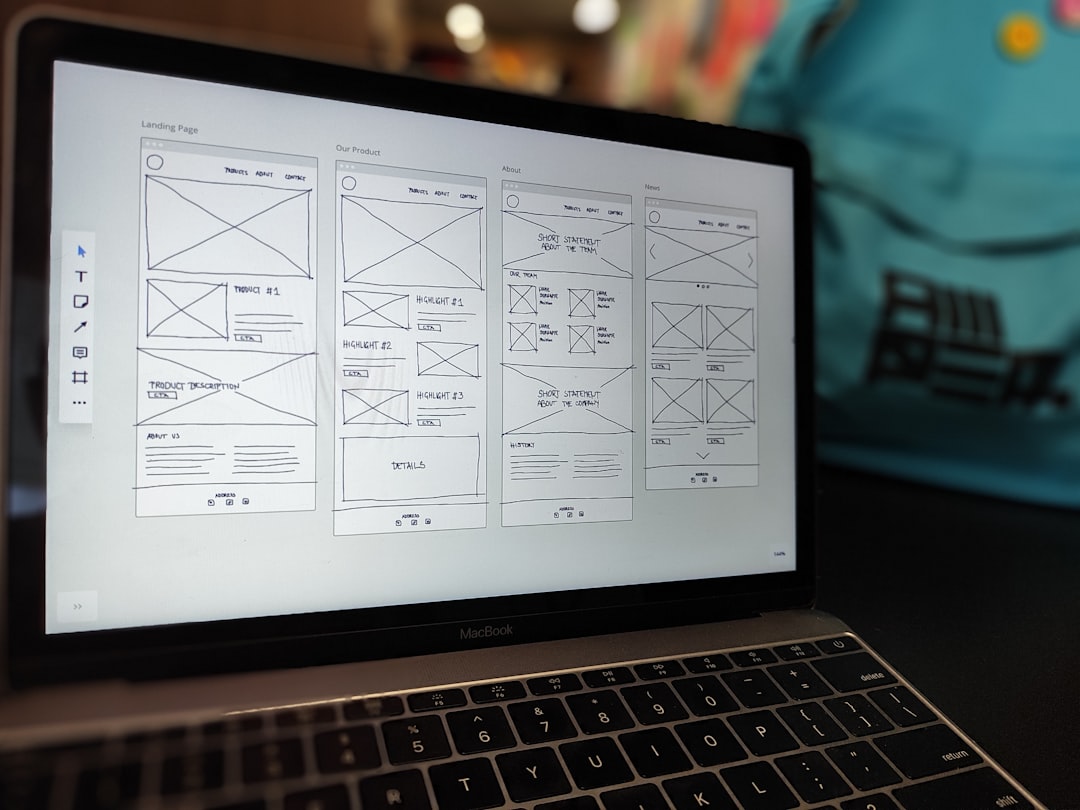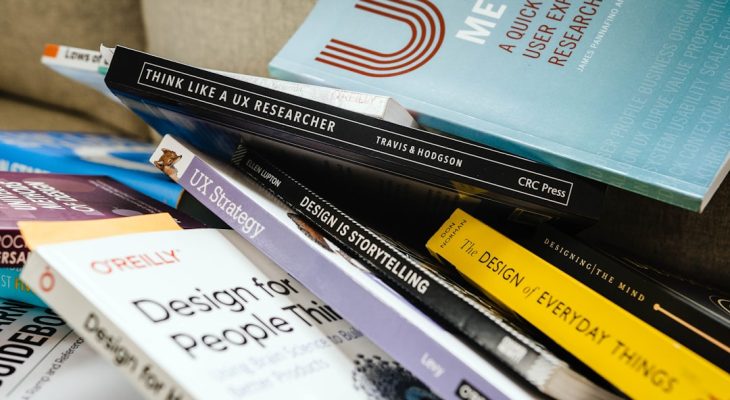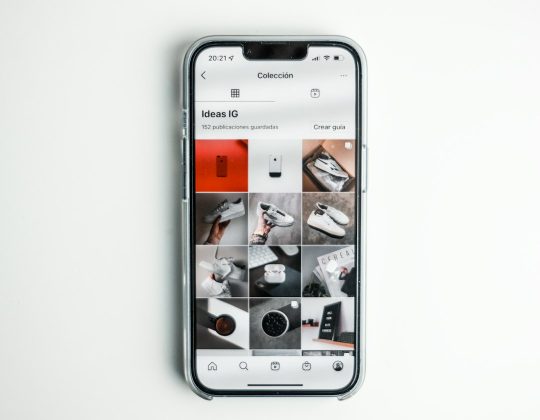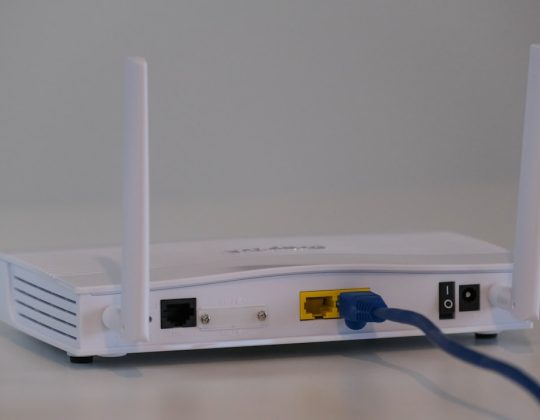When designing digital products, efficiency, consistency, and scalability are key. Whether you’re a solo designer or part of a large team, having a go-to set of reliable UI components can save hours of time and countless rounds of revisions. That’s where component libraries come in. Rather than starting from scratch every time, designers tap into well-built component libraries to deliver polished interfaces faster and more effectively. But with the countless UI kits and frameworks out there, which component libraries are actually being used in the real world?
Why Component Libraries Matter
Component libraries are not just trend-driven assets—they shape the very foundation of design workflows. At their core, they promote:
- Consistency across projects and platforms
- Reusability of design elements to reduce redundancy
- Speed by cutting down design and development time
- Scalability for growing design systems
When paired with tools like Figma, Sketch, or Adobe XD, these libraries become even more powerful by integrating into collaborative environments where designers and developers speak the same language.
Top Component Libraries Designers Rely On
Let’s explore some of the most popular and effective component libraries that designers actually reach for every day. These have earned their spots through community trust, versatility, and support for design systems.
1. Material Design
Designed by Google, Material Design is arguably the most widely adopted UI component library around. Built on principles of simplicity and motion, it offers everything from buttons to complex navigation drawers.
What makes Material Design stand out is:
- Detailed documentation with UX best practices
- System-wide design tokens and layout grids
- Extensive coverage of states and accessibility
Google maintains Material 3, the latest design system update, which includes tailored guidelines, customizable components, and a theming system that adapts to modern UI needs.
2. Ant Design
Developed by Alibaba, Ant Design (or AntD) is gaining huge traction among designers building enterprise-level platforms, particularly in the SaaS space. It focuses on clarity and consistency, with a slightly more formal aesthetic.
Key features include:
- Extensive library of enterprise-ready components
- Customization options for theming and branding
- Fast integration with frameworks like React
Designers love AntD for its balance between clean visual hierarchy and technical flexibility. It removes much of the guesswork around complex tables, filters, and form inputs.
3. Carbon Design System
Backed by IBM, Carbon takes a thoughtful, content-centric approach to design. This system is perfect for teams that need more than just UI elements—they need a design philosophy. Carbon offers modular components, robust patterns, and accessibility as a core value.
The Carbon library is especially useful for:
- Data-rich dashboards and analytics platforms
- Highly accessible, compliant designs
- Consistency across massive design ecosystems
It’s favored in fields like healthcare, finance, and enterprise software where usability and accessibility are paramount.

4. Fluent UI
Crafted by Microsoft, Fluent UI is the design system behind Office 365 and Microsoft Teams. It’s a perfect match for products that work in Microsoft environments or embrace a classic yet modern interface style.
Some highlights of Fluent UI include:
- Out-of-the-box styling tailored for desktop UI
- Seamless integration with React and Fabric
- Consistency with Microsoft’s Fluent Design System
Its global language and keyboard accessibility make it an inclusive framework for building workplace tools.
5. Chakra UI
Chakra UI is a modern React component library that emphasizes simplicity and accessibility. Though relatively new, it has rapidly become a favorite among front-end developers and designers alike—especially for personal projects or modern landing pages.
Why designers appreciate Chakra UI:
- Ease of customization using styled props
- Lightweight and fast performance
- Typography and color scale flexibility
With Chakra UI, it’s easy to create clean, responsive layouts without the overhead of heavier frameworks.
6. Tailwind UI
As a commercial UI library extension of Tailwind CSS, Tailwind UI is less of a “traditional component library” and more of a starter pack of beautifully designed components built with utility-first classes. It’s popular among modern web designers aiming for pixel-perfect designs with lots of control.
Designers love Tailwind UI for:
- Highly customizable components with a design-first approach
- Minimal styling bloat
- Great support for mobile responsiveness
This makes Tailwind UI ideal for startups or solo designers who want flexibility without reinventing the wheel.
What Designers Look For in a Component Library
While the features vary slightly depending on the audience (enterprise vs startup, web vs mobile), most designers evaluate component libraries based on these common criteria:
- Accessibility: Is it usable by everyone?
- Customization: Does it allow theming and brand alignment?
- Documentation: Are design and usage guidelines thorough?
- Community Support: Is the library actively maintained and supported?
- Performance: Does it integrate smoothly with app performance expectations?
Modern designers are not just focused on “how it looks,” but also on how components behave across states, screen sizes, and edge cases. The best component libraries embrace this behavior-driven design and provide variants for every scenario.

Design Tools That Support Component Libraries
The accessibility of these libraries is amplified through design software. Today’s leading design tools offer built-in or community-created kits that plug directly into project workflows. Notable mentions include:
- Figma: Shared libraries, live collaboration, and auto-layout features enhance component interactions.
- Sketch: With its Symbols and Smart Layout, Sketch remains a top tool for working with standardized components.
- Adobe XD: Integrates with libraries like Material and supports repeat grids for scalable layout design.
Most component libraries offer ready-to-use assets or downloadable files compatible with these tools, reducing friction during the design-to-dev handoff process.
The Future of Component Libraries
As design systems grow in popularity, the role of component libraries evolves beyond being simply convenient—they’re becoming necessary. We’re seeing advancements such as:
- Interactive components with built-in behavior logic
- Design-versioned packages for better release control
- Cross-platform support including web, iOS, and Android
With tools like Storybook and Zeroheight, developers and designers are bridging documentation and design components like never before, creating a single source of truth across teams.
Conclusion
Whether you’re designing a productivity app, an ecommerce site, or an enterprise dashboard, the right component library can take your workflow from patchy to professional. Designers consistently gravitate toward libraries that combine aesthetic flexibility, responsive design, and robust documentation. From the enterprise-strength of Ant Design to the modern minimalism of Chakra UI, each library has its unique strengths.
As the digital world grows more modular, designers are embracing component libraries not just as tools—but as essential building blocks of great product design.








